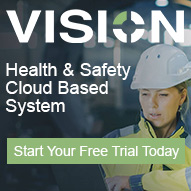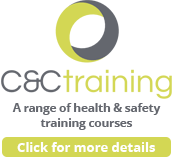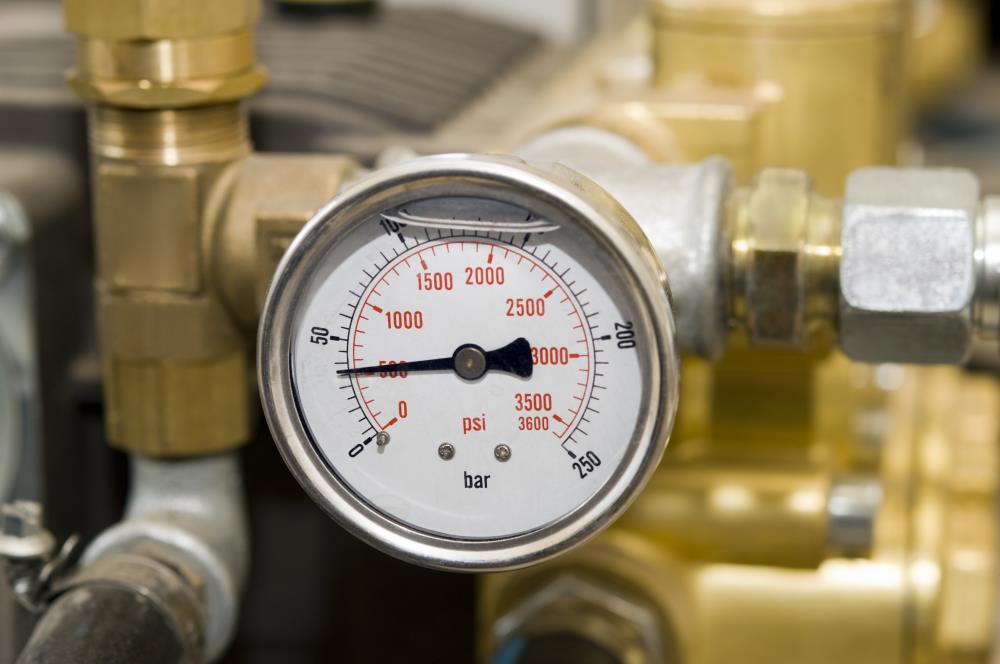Conducting safety tours with our clients is all part of the service. Pressure systems and equipment is a common necessity for many businesses, we find them in place in the majority of the workplaces attended. It is also common to find these systems installed or in use, with very little health and safety control past those that have been considered in the manufacture of the equipment.
Many types of pressure equipment can be hazardous. These include steam boilers and associated pipework, pressurised hot-water boilers, air compressors, air receivers and associated pipework, autoclaves, gas (eg LPG) storage tanks and chemical reaction vessels.
When things go wrong, these types of equipment can cause serious injuries and even fatalities. However, assessing the risks and putting proper precautions in place will minimise the chances of any accidents occurring.
Why is pressure equipment safety important?
If a piece of pressure equipment fails and bursts violently apart, the results can be devastating to people in its vicinity.
Parts of the equipment could also be propelled over great distances, causing injury and damage to people and buildings hundreds of metres away.
Assess the risks
Employers need to assess the levels of risk when working with pressure equipment. The level of risk from the failure of pressure systems and equipment depends on a number of factors including:
- the pressure in the system
- the type of liquid or gas and its properties
- the suitability of the equipment and pipework that contains it
- the age and condition of the equipment
- the complexity and control of its operation
- the prevailing conditions (eg a process carried out at high temperature)
- the skills, knowledge and experience of the people who maintain, test and operate the pressure equipment and systems
Basic precautions
To reduce the risks employers need to know (and act on) some basic precautions:
- Ensure the system can be operated safely, for example without having to climb or struggle through gaps in pipework or structures
- Be careful when repairing or modifying a pressure system. Following a major repair and/or modification, the whole system may need to be re-examined before allowing the system to come back into use
- Ensure there is a set of operating instructions for all of the equipment in the system and for the control of the system as a whole, including in emergencies
- There should be a maintenance programme for the system as a whole. It should take into account the system and equipment age, its uses and the environment in which it is being used
Written scheme of examination
A written scheme of examination is required for most pressure systems:
- This should be drawn up (or certified as suitable) by a competent person – someone who has the necessary skills, knowledge and experience to carry out the work safely
- It must cover all protective devices, every pressure vessel and those parts of pipelines and pipework which, if they fail, could be dangerous
- The written scheme must specify the nature and frequency of examinations, and include any special measures that may be needed to prepare a system for a safe examination
- Remember, a statutory examination carried out in line with a written scheme is designed to ensure your pressure system is suitable for your intended use. It is not a substitute for regular and routine maintenance
Management considerations
- Consider whether the job can be done another way without using pressure equipment, for example using vacuum equipment for cleaning rather than compressed air. If you have to use pressure equipment, don’t use high-pressure equipment when low-pressure will do
- Purchase pressure equipment that complies with the relevant product regulations
- Before using pressure equipment, have a written scheme of examination if one is required. Also make sure that any inspections needed have been completed by a competent person, and that the results have been recorded
- Always operate the equipment within the safe operating limits. If these are not provided by the manufacturer or supplier, a competent person can advise you, for example your employers’ liability insurer
- Provide instruction and relevant training for the workers who are going to operate the pressure equipment and also include what to do in an emergency
- Have an effective maintenance plan in place, which is carried out by appropriately trained people
- Make sure that any modifications are planned, recorded and do not lead to danger
The law
The Pressure Systems Safety Regulations 2000 deal with the safe operation of a pressure system.
The Pressure Equipment Regulations 1999 deal with the design, manufacture and supply of pressure systems.
If you have any doubts about your current equipment, installation or you are considering purchasing new or upgrading existing systems, contact your advisor for more specific guidance.











